Collodion Baby Vs Harlequin Ichthyosis
Collodion Baby Vs Harlequin Ichthyosis. Prenatal diagnosis with ultrasonography, fetal skin biopsy,. It is suggested that electron microscopy can differentiate severe collodion baby from harlequin ichthyosis at birth using the absence of the marginal band.

 The childhood spectrum of nonbullous, nonsyndromic from www.researchgate.net
The childhood spectrum of nonbullous, nonsyndromic from www.researchgate.netThe collodion baby is less severely affected than the infant with harlequin ichthyosis and may represent a phenotypic expression of several genotypes. It often causes dry ichthyosis. Nonbullous ichthyosiform erythroderma/epidermolytic ichthyosis/collodion baby/ichthyosis/genodermatosis/aetiology,clinical features and treatment/dermatology.
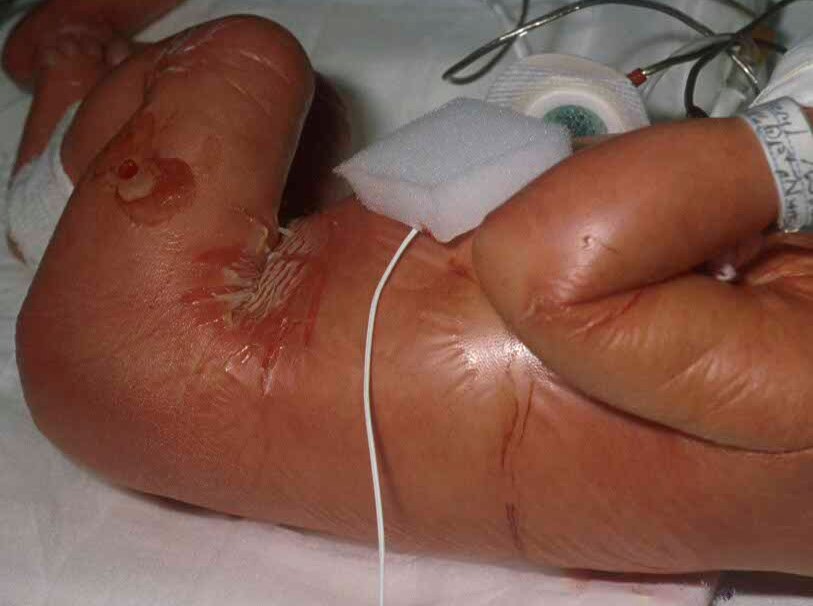
Specialists in ichthyosis think that the collodion skin does not cause pain or distress to the baby but it is necessary to keep the skin moist, because otherwise heat and fluid can be lost through the abnormal skin, which will affect the baby's general health. Collodion baby is a transient condition in newborns where they are covered in a taut, shiny membrane.

A one day old female neonate by gestational age of 35 weeks, has clinical features of both collodion baby and harlequin ichthyosis. It is advised to seek genetic counseling before planning the pregnancy.

The exact cause of the cb syndrome is not known but in most of the cases autosomal recessive inheritance pattern is seen [ 8 ] and they are very rare and may be associated with consanguinity. The collodion membrane undergoes desquamation or peeling, which is usually complete by 2 to 3 weeks of life.
Medoc) often present in the neonatal period with little warning to providers or parents. These babies are often premature.

These babies are often premature. This report reviews the majority of ichthyoses with congenital findings.
It is a less severe phenotype when compared with harlequin ichthyosis (described below), yet still has significant associated morbidity and mortality. Medoc) often present in the neonatal period with little warning to providers or parents.

Nonbullous ichthyosiform erythroderma/epidermolytic ichthyosis/collodion baby/ichthyosis/genodermatosis/aetiology,clinical features and treatment/dermatology. In long term course, approximately 75% of collodion baby cases will develop an ar congenital ichthyosis (lamellar ichthyosis or congenital ichthyosiform erythroderma).

It often causes dry ichthyosis. Collodion baby is a transient condition in newborns where they are covered in a taut, shiny membrane.

Harlequin ichthyosis is a genetic condition, and there is a 25% chance of recurrence of this condition in the subsequent pregnancy. According to chung et al., about 270 cases were reported in the literature since 1892.2incidence of collodion baby is estimated to be 1 in 300,0001although first (foundation for ichthyosis and related skin types) estimates it to be relatively more common 1 in 100,000.
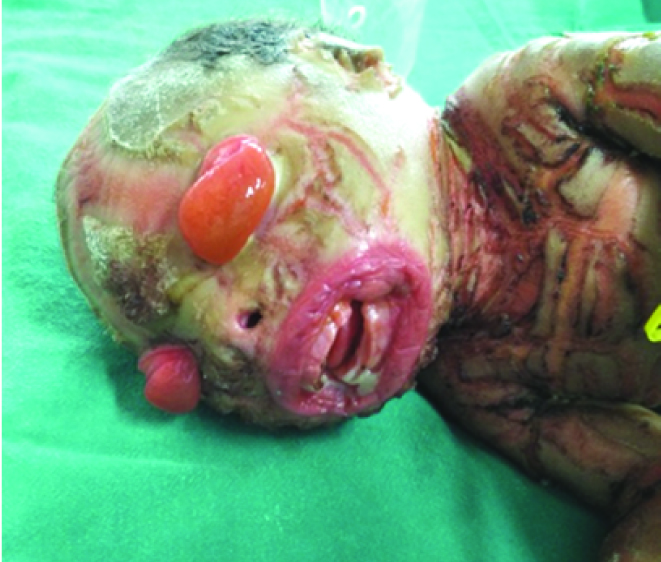
It is essential to confirm the diagnosis with genetic testing to rule out other conditions and help in better the prognosis of harlequin ichthyosis in babies. It is suggested that electron microscopy can differentiate severe collodion baby from harlequin ichthyosis at birth using the absence of the marginal band.
Specialists in ichthyosis think that the collodion skin does not cause pain or distress to the baby but it is necessary to keep the skin moist, because otherwise heat and fluid can be lost through the abnormal skin, which will affect the baby's general health. This report reviews the majority of ichthyoses with congenital findings.

It is advised to seek genetic counseling before planning the pregnancy. Mendelian disorders of cornification (ichthyosis;

We present the ocular signs, symptoms, complications and prognosis of ichthyosis in a case series It is essential to confirm the diagnosis with genetic testing to rule out other conditions and help in better the prognosis of harlequin ichthyosis in babies.

Specialists in ichthyosis think that the collodion skin does not cause pain or distress to the baby but it is necessary to keep the skin moist, because otherwise heat and fluid can be lost through the abnormal skin, which will affect the baby's general health. Specialists in ichthyosis think that the collodion skin does not cause pain or distress to the baby but it is necessary to keep the skin moist, because otherwise heat and fluid can be lost through the abnormal skin, which will affect the baby's general health.
It is suggested that electron microscopy can differentiate severe collodion baby from harlequin ichthyosis at birth using the absence of the marginal band. We present the ocular signs, symptoms, complications and prognosis of ichthyosis in a case series
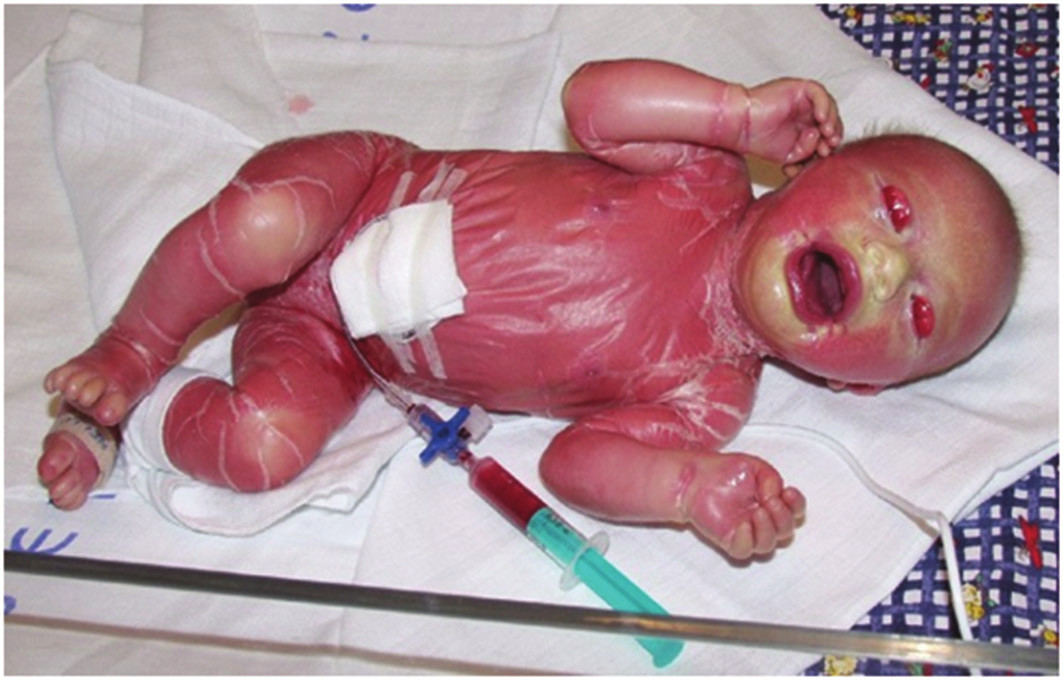
Mendelian disorders of cornification (ichthyosis; This report reviews the majority of ichthyoses with congenital findings.
This reveals the underlying skin disorder. Collodion baby is a severe form of congenital ichthyosis detected in neonatal period.
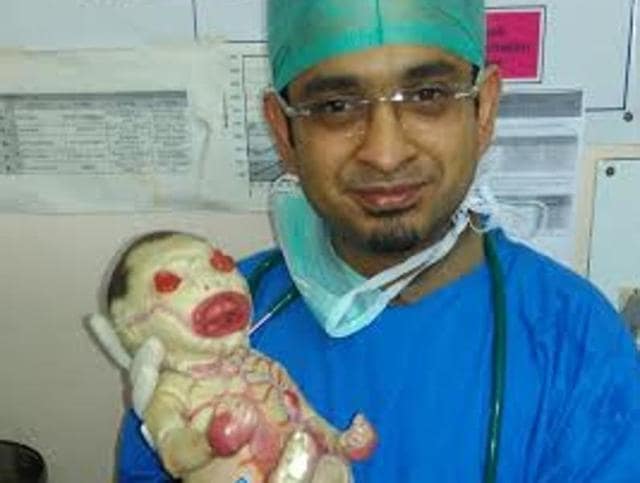
A one day old female neonate by gestational age of 35 weeks, has clinical features of both collodion baby and harlequin ichthyosis.coincidence of these two disorders is very rare. Medoc) often present in the neonatal period with little warning to providers or parents.

In our patient the collodion skin was a symptom of ichthyosis congaenita (lamellar ichthyosis). Nonbullous ichthyosiform erythroderma/epidermolytic ichthyosis/collodion baby/ichthyosis/genodermatosis/aetiology,clinical features and treatment/dermatology.

Previously reported features of harlequin ichthyosis, such as the presence of giant mitochondria and an abnormal formation of the marginal band in luminal villi of acrosyringeal eccrine duct, were absent in our. Specialists in ichthyosis think that the collodion skin does not cause pain or distress to the baby but it is necessary to keep the skin moist, because otherwise heat and fluid can be lost through the abnormal skin, which will affect the baby's general health.
It Is Essential To Confirm The Diagnosis With Genetic Testing To Rule Out Other Conditions And Help In Better The Prognosis Of Harlequin Ichthyosis In Babies.A small percentage of infants shed the. Previously reported features of harlequin ichthyosis, such as the presence of giant mitochondria and an abnormal formation of the marginal band in luminal villi of acrosyringeal eccrine duct, were absent in our. Specialists in ichthyosis think that the collodion skin does not cause pain or distress to the baby but it is necessary to keep the skin moist, because otherwise heat and fluid can be lost through the abnormal skin, which will affect the baby's general health.
It Is Suggested That Electron Microscopy Can Differentiate Severe Collodion Baby From Harlequin Ichthyosis At Birth Using The Absence Of The Marginal Band.Later, it can evolve into any form of autosomal recessive congenital ichthyosis or other ichthyosiform syndromes. Encased within shiny taut cellophane like membranes When evolution is not fatal;
In Our Patient The Collodion Skin Was A Symptom Of Ichthyosis Congaenita (Lamellar Ichthyosis).The collodion baby is no clinical entity, but a symptom occurring in several forms of ichthyosis. This allows the family to decide if they wish to continue or terminate the pregnancy. It is suggested that electron microscopy can differentiate severe collodion baby from harlequin ichthyosis at birth using the absence of the marginal band.
It Often Has A Characteristic Clinical Picture.What is a collodion baby? The collodion membrane undergoes desquamation or peeling, which is usually complete by 2 to 3 weeks of life. Previously reported features of harlequin ichthyosis, such as the presence of giant mitochondria and an abnormal formation of the marginal band in luminal villi of acrosyringeal eccrine duct, were absent in our case.
Harlequin Ichthyosis Is A Genetic Condition, And There Is A 25% Chance Of Recurrence Of This Condition In The Subsequent Pregnancy.Although most neonates with arci are collodion babies, the clinical presentation and severity of arci may vary significantly, ranging from harlequin ichthyosis, the most severe and often fatal form, to lamellar ichthyosis (li) and (nonbullous) congenital. Collodion baby is the name given to a baby who is born encased in a skin that resembles a yellow, tight and shiny film or dried collodion (sausage skin). Harlequin ichthyosis cannot be prevented but it is possible to diagnose or recognise it early in pregnancy by removing some of the amniotic fluid surrounding the developing foetus to identify if there is a mutation in abca12.
Belum ada Komentar untuk "Collodion Baby Vs Harlequin Ichthyosis"
Posting Komentar